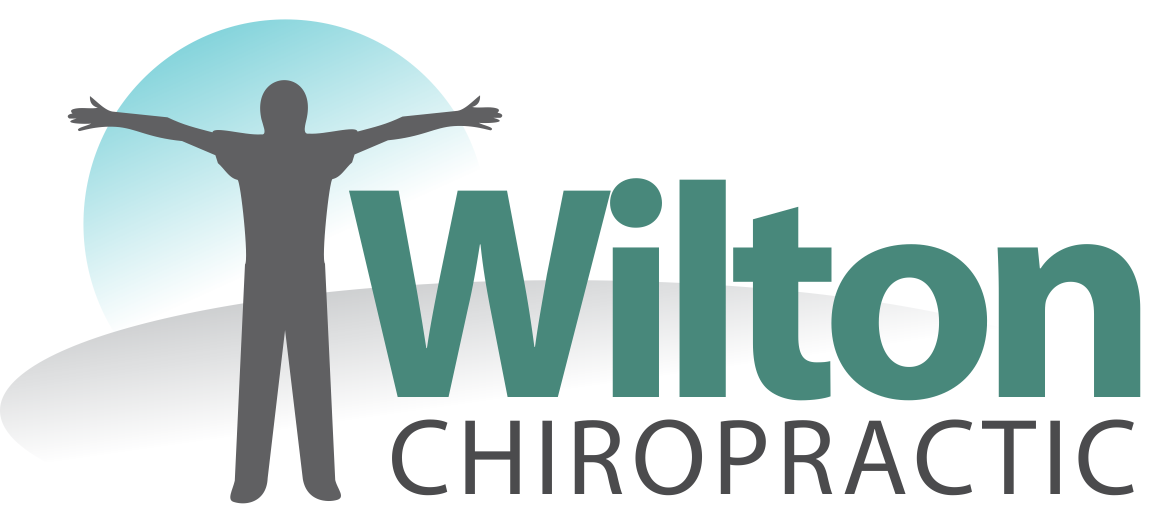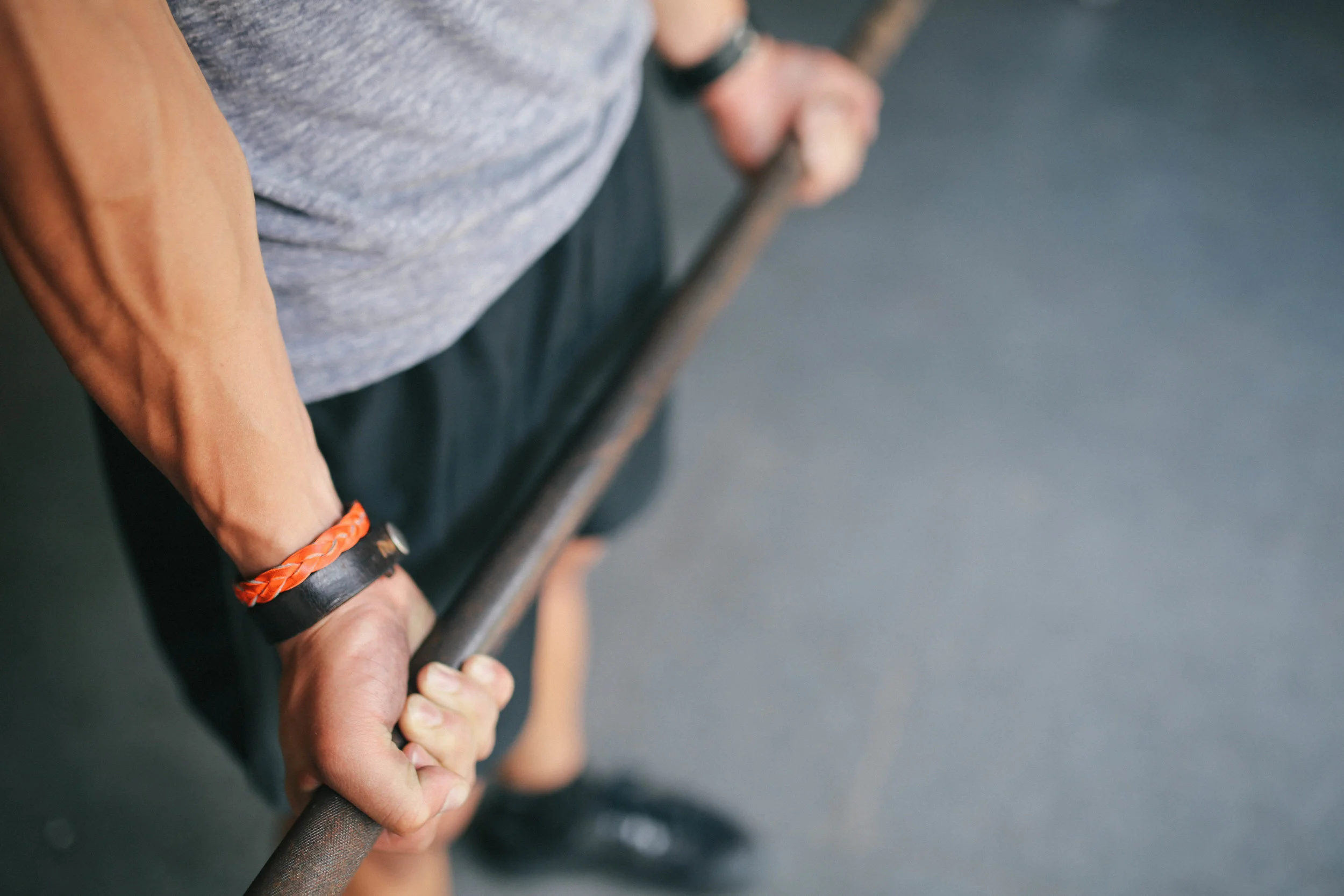Need more proof? take a deep dive into the effectiveness of Class IV Laser Therapy treatment
American College of Physicians Recommends Laser Therapy as First Line Treatment for Chronic Low Back Pain
Citing low-back pain as “one of the most common reasons for physician visits in the United States,” the updated guideline not only addresses the costly back pain problem, but also takes into account the growing national concern for the current opioid epidemic. Narcotic prescriptions have been facing increasing scrutiny as the number of opioid-related deaths continues to rise each year. According to the U.S Department of Health and Human Services, “more people died from drug overdoses in 2014 than in any year on record, and the majority of drug overdose deaths (more than six out of ten) involved an opioid.”
Class IV Laser Therapy Interventional and case reports confirm positive therapeutic outcomes in multiple clinical indications
Tissue that is damaged and poorly oxygenated as a result of swelling, trauma or inflammation has been shown to have a positive response to laser therapy irradiation. Deep penetrating photons activate a biochemical cascade of events leading to rapid cellular regeneration, normalization and healing.
Laser light energy is highly absorbed by skin and subcutaneous tissue, therefore, penetration is key to therapeutic results. Traditional low level laser therapy (Classes I-III) provides less than optimal clinical outcomes in most disease conditions because it cannot produce the deep tissue laser penetration necessary without using excessively long treatment times. Longer wavelengths and higher power output result in deeper penetration and higher dosage to the tissue. Larger laser therapeutic dosage levels produce improved clinical outcomes as illustrated in case and interventional studies. Certain Class IV lasers have been shown to provide both the wavelengths and output power levels necessary to trigger therapeutic cellular metabolic changes, especially when applied with scientifically based protocols.
Major League Relief: Laser therapy provides non-invasive treatment for elite athletes and weekend warriors.
Athletic trainers and medical professionals specializing in sports medicine are bombarded with requests to try the latest rehabilitation and physical therapy devices. While it’s important to stay abreast of new technologies and evaluate legitimate interventions, you don’t want to waste time or money on modalities that have more marketing behind them, instead of solid clinical evidence.
Class III lasers have been used in Major League Baseball for years and have proven effective. However, about a year ago, we started using a class IV laser with the Toronto Blue Jays and were impressed with the results. In addition to expediting athletes’ recovery time after injury or surgery, the device also serves as an injury prevention tool. For example, by treating a starting pitcher’s shoulder before every game, we warm up the joint, help prevent stiffness and optimize on-field performance.
The Light Answer: Deep-tissue laser therapy for low back pain gets results
More than 80 percent of the US population will experience some form of back pain over the course of their lifetime. These people want pain relief and are desperate to improve their quality of life. A growing number of progressive health care providers are giving them relief by using Class IV high-power deep-tissue laser therapy. Unfortunately, there is a plethora of mis- information regarding laser therapy, such as which type is best, how much to use (dos- age), treatment frequency and even proper diagnostic procedures.
Joint by Joint: Empowering movement through lasers in sports rehab
The number one predictor of athletes getting injured is history of prior injury. Why? More than likely the athlete was released from care when he no longer had physical symptoms associated with the injury, yet he still had an underlying movement dysfunction that was a ticking bomb for future problems.
Advances in Sports Chiropractic from the Olympic Athlete to the Weekend Warrior: Class IV Deep Tissue Laser Therapy
The basic science behind deep tissue laser therapy is compelling. Cells absorb the light and undergo significant positive changes. Studies have shown that impaired cells have a stronger response than healthy cells.1 So, the light seems to produce the most benefit where it is most needed.
Lasers work by impacting cellular function. Damaged cells will absorb and become energized by photonic energy; this has been well documented with over 2,000 clinical studies stretching back 30 years. Stimulated cells increase adenosine triphosphate (ATP) production,2 and dramatically reduce inflammation, pain and swelling. This modality may be considered a “healing” process, as it quickly corrects compromised cellular function, allowing the body to heal itself.
Use of Class IV Laser Technology in Physical Therapy Practice
This article details how three clinic owners made the decision to integrate a new technology into their practice. They discuss the factors behind the decision, the process of integration, and the financial and clinical outcomes, as well as thoughts on the overall experience.
Q: You added a Class IV laser to your practice long before this device became popular. This was a large financial investment. What was the motivating factor behind you considering, and ultimately purchasing, this device?
A: Whenever adding a new modality or technique to our interventions, we as professionals have a responsibility to ensure that these new approaches are efficient, safe, and justified in achieving the highest quality of care for our patients. We examine the literature for the best evidence to support our decisions. We seek out seminars as well as other professionals who are presently utilizing these interventions. This process was undertaken when deciding to purchase a Class IV laser approximately 3 years ago. We made our decision and felt confident that we were upgrading the quality of our practice. As patients consistently report feeling significantly better after a laser treatment, our exhaustive investigation was worth every hour.
Military Health Systems Pain Management Strategy
Deep tissue laser therapy with LiteCure’s LCT-1000 gives medical professionals a powerful drug-free, surgery-free alternative for treating pain. “Laser therapy is being used to treat patients with chronic back pain, tendinopathy and repetitive stress injuries,” said Smith. “Some patients are able to use laser therapy to reduce or eliminate their need for pharmaceutical pain management. Patients are also benefiting from laser therapy to reduce pain and inflammation in post-surgical rehabilitation.” Deep tissue laser therapy has been used as a therapeutic modality for many years and has great potential to be used in the military clinic for the reduction of pain and inflammation, and to aid in the healing process. Recently studies and meta-analyses have demonstrated the benefits of laser therapy for the treatment of neck pain, back pain, carpal tunnel syndrome and tendinopathy. Smith said laser therapy is emerging as a conservative, drug-free, surgery-free alternative for the treatment of chronic and acute pain and inflammation.
View From the Training Room: One NHL trainer’s approach to treating the challenges presented by a professional hockey team
Q: You are the first NHL trainer to use a Litecure Class IV laser in the locker room. How has that helped you and would you recommend it for other teams and/or sports?
A: The Litecure has been great this past season. The effectiveness of this laser in reducing pain levels of foot and ankle contusions, AC joint sprains and wrist sprains surprised even me. The deep penetration of this unit even allowed for use on hip flexor and groin strains with excellent results.










